Starting with a capital of 200,000, over the years, I have experienced various pressures, pains, and confusion, ultimately achieving great enlightenment. I simplified trading techniques into fewer steps and in just three years withdrew 48 million from the market!
Achieve sustainable and stable profits, trading to support your family! Currently, I have also profited from a set of houses and a car in Shenzhen, with several deposits and assets.
I have done long-term, short-term, ultra-short, swing trades, and basically all types of methods.
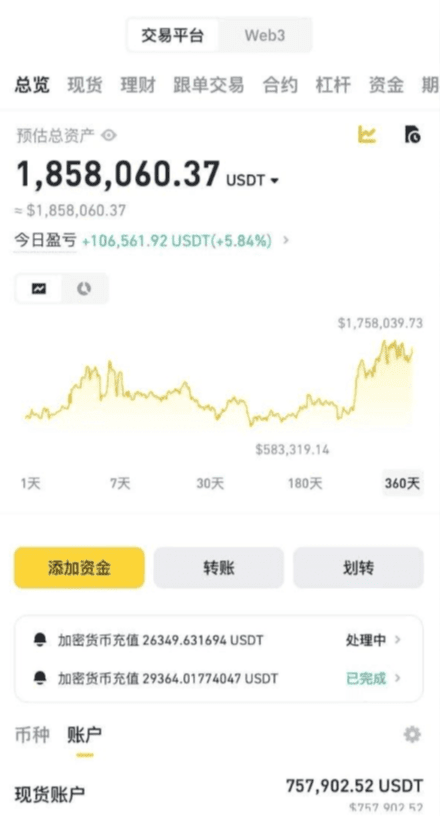
A scalper's secret 1-minute ultra-short trading strategy: EMA + RSI dual-core resonance, precisely targeting buy and sell points!
It is well known that short-term trading is favored by retail traders.
If you have ever been interested in day trading, then the 1-minute chart trading strategy may catch your attention. This approach requires traders to make quick decisions to take advantage of the smallest fluctuations in the forex market for profit.
Additionally, you need to master some key technical indicators, such as Moving Averages, RSI, and Stochastic Oscillator, to assist in guiding your trading decisions.
But the interesting part is: how do you manage risk in such a short timeframe? What specific trading setups should you focus on to increase your chances of success?
Key Points:
1. Utilize technical indicators such as Moving Averages, Stochastic Oscillator, and RSI to identify precise entry and exit points.
2. Implement strict risk management by setting stop-loss and take-profit levels to minimize losses and lock in profits.
3. Focus on quick decision-making and trade management, effectively adapting to rapid market fluctuations.
4. Establish clear trading rules and discipline to avoid emotional trading and ensure consistency in trade execution.
5. Set specific daily profit targets and strictly adhere to stop-loss limits to enhance overall trading performance and risk control.
Scalping Strategy + Overview
Forex scalping strategies capitalize on tiny price changes to profit quickly through 1-minute charts. This strategy requires keen market analysis skills to spot small yet frequent opportunities for quick entries and exits.

To effectively engage in scalping trading, you need to analyze the market. This is not just about observing price movements but understanding the signals provided by your technical indicators (such as Moving Averages, Stochastic Oscillator, and RSI). These tools help you decide when to enter and exit by showing potential trend reversals or continuations.
Let's talk about profit potential.
Although the profit per trade is small, due to the high volume, these profits can accumulate throughout the day. The key is consistency and management of each trade to maximize gains and minimize losses. You are not looking for big wins, but rather accumulating many small wins to ultimately form a considerable profit.
Trader and Strategy Applicability
This trading method is not suitable for everyone; it requires specific skills and personality traits. Here are the required conditions:
1. Quick Decision-Making Ability: You need to execute multiple trades within minutes or even seconds, so quick decision-making is crucial.
2. High Pressure Tolerance: The fast pace of scalping trading can create stress. You must effectively manage this pressure to maintain clear-headed decision-making.
3. Strong Discipline: Sticking to your trading plan, regardless of emotions, and knowing when to exit trades is key.
4. Effective Market Analysis: Understanding the market conditions suitable for scalping trading is crucial. You should be adept at looking at short-term price trends and technical indicators.
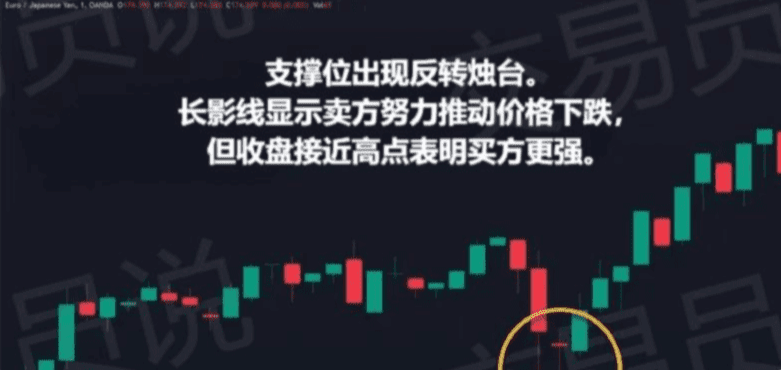
Market analysis and timeframe applicability are particularly important. Scalping trading requires a deep understanding of market fluctuations each minute. 'You should be able to interpret these rapid changes to decide your trading actions (considering who holds control at any given moment).
Determining whether the timeframe suits your trading style and psychological makeup is very important. If you prefer a less intense and heavier trading style, a longer timeframe (or long-term trading) may suit you better.
Successful Technical Indicators
Understanding appropriate technical indicators will enhance your ability to profit from a 1-minute scalping strategy. The choice of indicators is also crucial in such a fast-paced trading timeframe.

The Stochastic Oscillator needs to be considered, along with suitable indicators like Moving Averages and RSI, to guide your entry signals and exit strategies.
For entry signals, pay attention to the crossing of moving averages, which indicates that the price direction may change, allowing you to quickly seize opportunities. The Stochastic Oscillator is very useful here; it helps you judge overbought or oversold conditions, signaling when it may be a good time to enter.
RSI can confirm these signals by showing momentum strength, ensuring you do not enter a weak market trend.
As for exit strategies and profit targets, these indicators also play a key role. Set profit targets based on volatility and the average price fluctuations observed through these technical tools.
Exit the trade when indicators start showing signs of reversal; for example, when moving averages cross or the Stochastic Oscillator exits extreme regions.
Risk Management and Trading Discipline
1-Minute chart trading requires you to understand the importance of stop-loss strategies. By setting strict stop-loss orders, you can protect your account from significant losses and ensure you can withstand a series of losing trades.
It is also very important to adhere to consistent trading rules, which help you maintain clarity and objectivity during market fluctuations.
The Importance of Stop-Loss Strategies
Implementing stop-loss strategies is crucial as it limits potential losses and protects your trading account. Quick fluctuations are the norm rather than the exception when trading on a 1-minute chart.
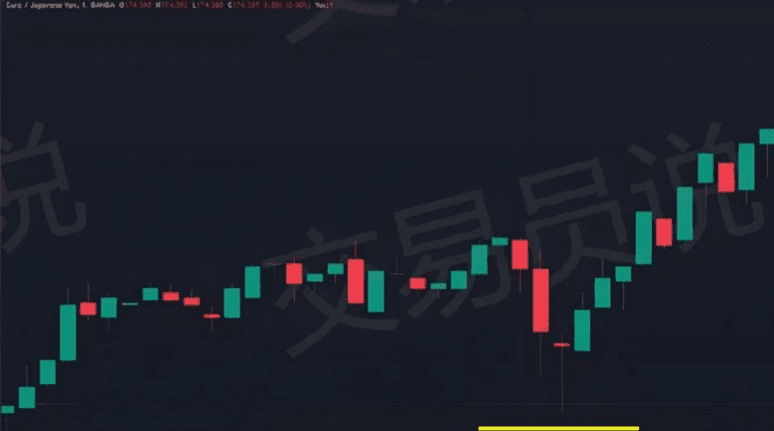
Here are reasons why you need a reliable stop-loss strategy:
1. Risk Mitigation: By setting stop-loss orders, you can determine the maximum loss you are willing to accept. This pre-planned decision helps you avoid emotional trading, which often leads to significant losses.
2. Capital Protection: This is to reserve trading funds for future opportunities. With stop-losses, you can 'ensure' that you do not deplete your funds due to a few bad trades.
3. Decision Support: Making rational decisions during periods of extreme market volatility can be very difficult. Stop-losses act as a safety net, automatically executing when a specific price level is reached, helping you stick to your trading plan.
4. Enhance Discipline: Continuously using stop-loss orders trains you to adhere to strict trading discipline, which is key to successful trading. You will learn to exit losing trades promptly, which is just as important as identifying profit opportunities.
Dedicated Trading Rules
On the basis of stop-loss strategies, you also need consistent trading rules to manage risk and maintain discipline in 1-minute chart trading. Setting clear entry and exit criteria is very important, as this helps you avoid making emotional decisions. You will find that this consistency sharpens and focuses your trading.
You must stick to stop-loss orders and profit targets to control risk and pursue sustainable returns. Trading on a 1-minute chart can trigger excitement or fear, but sticking to the plan ensures that you do not act impulsively. As the saying goes, 'Impulse is the devil,' which often leads to account blowouts.
Ensure your trading rules are not only set but followed. This discipline is crucial for long-term success. If you can apply it consistently.
By following these rules, you are likely to see more stable performance and possibly reduce significant losses.
Goals and Pros and Cons
Setting clear goals in 1-minute chart trading is important as it guides your actions and decisions. Every second counts when trading in a fast-paced timeframe, and having a plan can make a significant difference.
Here are some key points:
1. Strategy Effectiveness: Your goal should be to improve the effectiveness of your trading strategy. This is crucial for making quick, informed decisions.
2. Focus Management: Clear goals help you maintain focus amid the chaos of rapid market fluctuations.
3. Risk Control: Setting stop-loss limits and daily loss limits as part of your goals can prevent small losses from accumulating quickly.
4. Daily Profit Targets: These goals can motivate you and provide a clear endpoint for each trading period.
The advantages of 1-minute chart trading include the opportunity to seize multiple opportunities in a day and the excitement of quick decision-making. However, the disadvantages are also apparent.
You need to be highly focused, as even being distracted for a minute may lead to missed opportunities or unnecessary losses.
Additionally, managing multiple trades simultaneously increases complexity and risk. Balancing these factors is crucial for successfully utilizing 1-minute chart trading.
Powerful 1-minute scalping strategy
Let's take a look at how to design a powerful 1-minute scalping strategy that allows you to profit from rapid market fluctuations.
Entry Point Selection and Market Analysis:
Use technical indicators like Moving Averages, RSI, and Stochastic Oscillator to identify potential entry points.
Moving Averages help highlight the overall market direction.
RSI can indicate whether an asset is overbought or oversold, which may signal a price reversal.
The Stochastic Oscillator is another tool that helps identify momentum and potential entry points by comparing closing prices to the price range over a certain period.
Profit Strategies and Trade Management:
Aim for small profits by setting precise exit points.
Implement strict stop-losses to minimize potential losses.
Set take-profit points to lock in gains and effectively manage trades.
The key is to manage these trades quickly and efficiently, as the market can change rapidly. Monitor your trades and adjust stop-loss and take-profit levels accordingly to protect gains and limit losses.
Complete 1-Minute Chart Trading Strategy
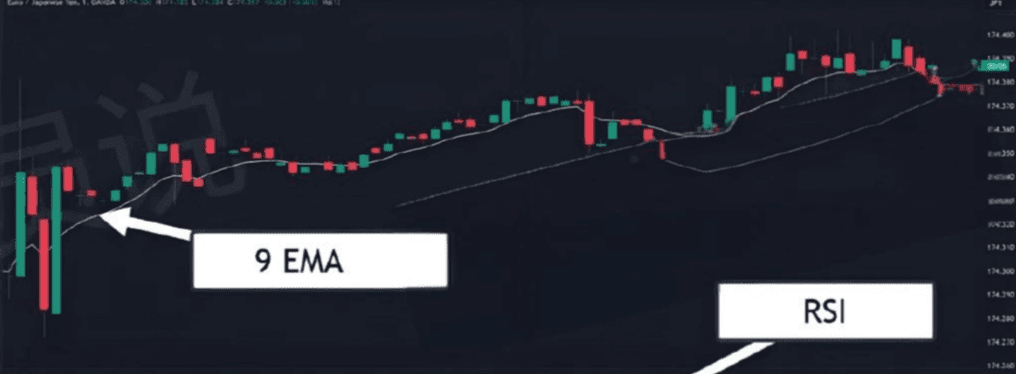
Here is a comprehensive strategy using the popular technical indicators and key principles we just discussed to guide trading.
1. Choose the right indicators.
Relative Strength Index (RSI): RSI is excellent for measuring the speed and change of price movements, helping to identify overbought or oversold conditions. Typically, an RSI value above 70 indicates overbought conditions, while below 30 indicates oversold conditions.
Exponential Moving Average (EMA): Use short-term EMA (like 9-period EMA) to quickly respond to price changes. This indicator helps identify the current trend direction and potential reversal points on the chart.
2. Set up the chart
Apply EMA: Set the 9-period EMA on the 1-minute chart. This will help you visualize the trend.
Overlay RS1: Set RSI to a 14-period to observe momentum and look for potential entry points when the market is overstretched.
3. Entry Rules
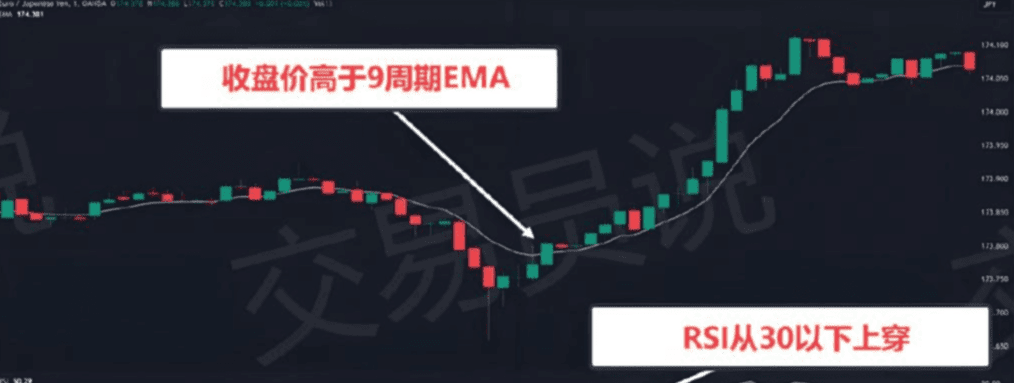
Long Position
Ensure the price is above or breaking upwards through the 9-period EMA, indicating an uptrend.
Wait for RSI to drop below 30 and then cross back above, indicating a potential reversal from oversold conditions.
Entry point is 2 points above the candlestick high.
Short Position
Ensure the price is below the 9-period EMA, indicating a downtrend.
Look for RSI to pull back after exceeding 70, indicating a potential reversal from overbought conditions.
Entry point is 2 points below the candlestick low.
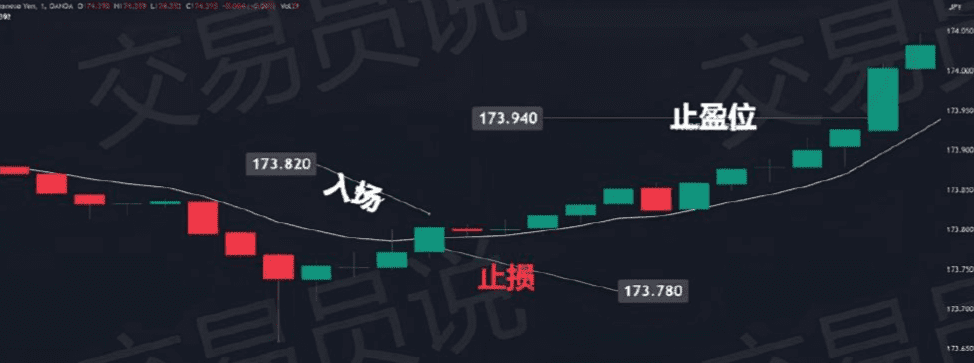
4. Exit Strategy
Profit Target: Since scalping strategies aim to capture small price fluctuations, the profit target for each trade should be set to 8-12 points based on typical scalping strategy recommendations.
Set stop-loss orders 5-7 points near the entry point to minimize potential losses.
5. Risk Management
Trade Size: Adjust trade size to manage risk. The risk per trade should not exceed 1-2% of the trading capital.
Trading Time: Trade during high liquidity periods (such as when the London or New York markets open) to ensure narrower spreads and more market fluctuations.
6. Practical Considerations
Mental and Physical State: 1-minute timeframe scalping requires high concentration and quick decision-making abilities. Make sure to rest adequately and stay focused before you start trading.
Practice on a Demo Account: Before trading live, practice extensively on a demo account to adapt to the fast pace of 1-minute trading.
Important Economic Data or Risk Events: Ensure you are aware of economic data or risk events that may impact your trades.
Sample Backtesting Results
While this is a sample backtest of the strategy, you need to conduct your own testing to ensure its success or failure.
Assumption
Data Period: 1 year (252 trading days).
Currency Pair: EUR/USD, due to its high liquidity and low spreads, is very suitable for scalping trading.
Trading Time: Focus on the London and New York trading sessions for higher volatility and liquidity.
Initial Capital: $10,000.
Risk per trade: 1% of each trade.
Position Size: Adjust according to the stop-loss, ensuring the risk per trade does not exceed $100.
Profit Target: 10 points.
Stop-Loss: 5 points.
Backtesting Setup
Software: Use trading simulation software capable of handling high-frequency data.
Indicators: 9-period EMA and 14-period RSI.
Entry Conditions:
Long Position: Price above the 9-period EMA and RSI crossing above 30.
Short Position: Price below the 9-period EMA and RSI crossing below 70.
Exit conditions: Reach a profit target of 10 points or a stop-loss of 5 points.
Results
Total Trades: 1240 trades:
Profitable trades: 745 (60% win rate).
Losing Trades: 495 trades.
Average profit per trade: $8.
Average loss per trade: -$10.
· Net Profit: $2960.
Profit Factor: 1.5 (Total Profit/Total Loss)
· Maximum Drawdown: 8% of initial capital.
Sharpe Ratio: 1.2, indicating reasonable risk-adjusted returns.
Overall Results
This strategy shows positive net profits, a 60% win rate is quite good for a high-frequency scalping system. A profit factor of 1.5 indicates that the strategy has potential feasibility, as total profits exceed total losses.
Maximum drawdown indicates that this strategy risked a significant portion of funds at a certain point, which may not be suitable for risk-averse traders.
Conclusion
Mastering the 1-minute chart trading strategy requires determination and quick decision-making abilities.
You need to familiarize yourself with key technical indicators and develop strong risk management skills.
Start practicing with small trades to minimize potential losses. Remember, while this strategy can yield quick profits, it also carries significant risks.
Always stick to your trading plan and adjust your strategy as you gain more experience.
Through discipline and continuous learning, you will improve your trading level.
Laobo only trades live, and the team has positions to enter quickly.
